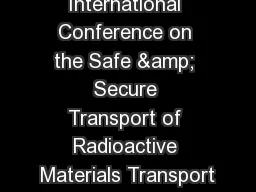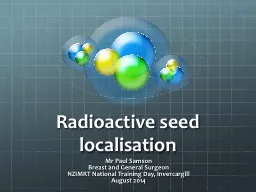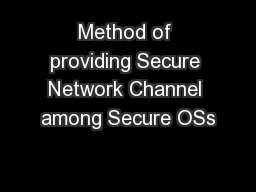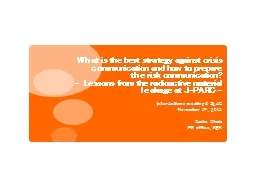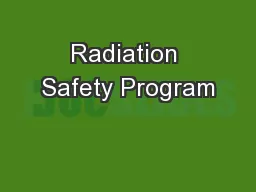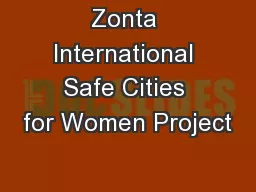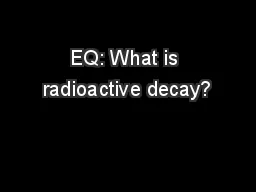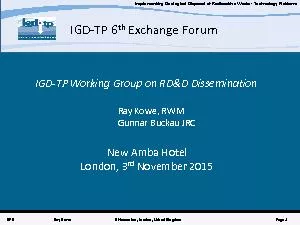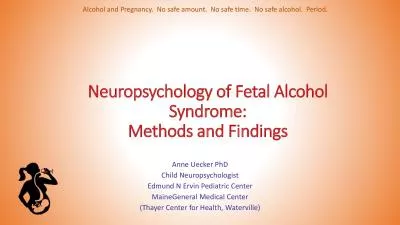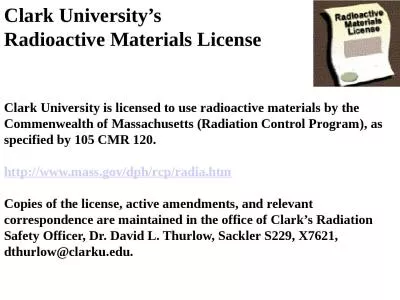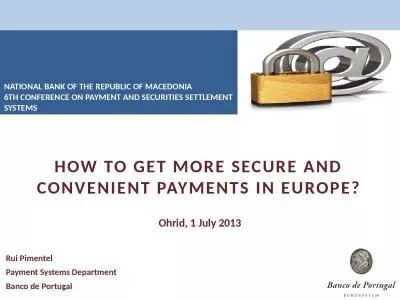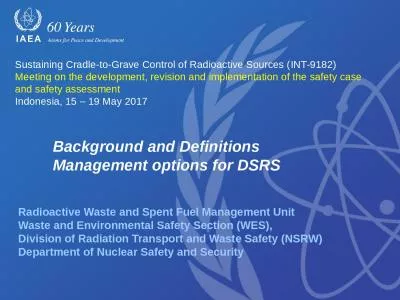PPT-International Conference on the Safe & Secure Transport of Radioactive Materials Transport
Author : cheryl-pisano | Published Date : 2019-02-14
1721 October 2011 Vienna Austria Session 1A Where Are We Today Modal Structure Rail Road Sea and Air Khammar MRABIT Director Office of Nuclear Security Department
Presentation Embed Code
Download Presentation
Download Presentation The PPT/PDF document "International Conference on the Safe &am..." is the property of its rightful owner. Permission is granted to download and print the materials on this website for personal, non-commercial use only, and to display it on your personal computer provided you do not modify the materials and that you retain all copyright notices contained in the materials. By downloading content from our website, you accept the terms of this agreement.
International Conference on the Safe & Secure Transport of Radioactive Materials Transport: Transcript
Download Rules Of Document
"International Conference on the Safe & Secure Transport of Radioactive Materials Transport"The content belongs to its owner. You may download and print it for personal use, without modification, and keep all copyright notices. By downloading, you agree to these terms.
Related Documents

